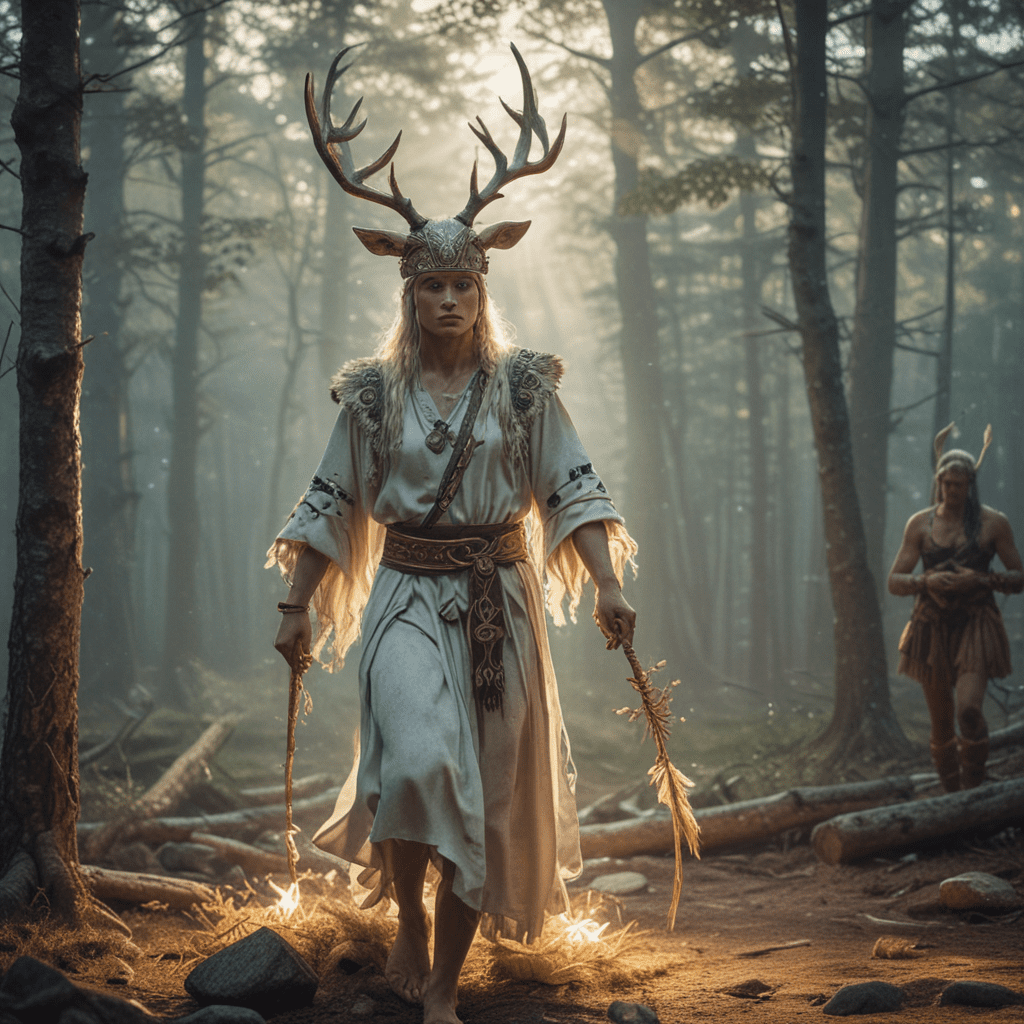I. Introduction
The rich tapestry of Finnish mythology has profoundly influenced the nation's traditional ceremonies, imbuing them with a deep spiritual significance and cultural heritage. From the ancient epic Kalevala to the enigmatic rituals of the Saami, Finnish traditions have been shaped by a vivid realm of mythical beings and supernatural forces.
II. The Role of the Kalevala in Finnish Mythology
The Kalevala, an epic poem compiled in the 19th century, serves as a cornerstone of Finnish mythology. It narrates the adventures of heroes and gods, weaving tales of love, war, and the creation of the world. The characters and stories of the Kalevala have become deeply embedded in Finnish culture, inspiring countless works of art, literature, and music. They continue to play a vital role in shaping the nation's collective identity and cultural heritage.
III. The Influence of Mythological Characters on Ceremonies
The characters of Finnish mythology, such as the powerful Väinämöinen, the mischievous Loki, and the enigmatic Louhi, have had a profound impact on traditional ceremonies. Väinämöinen, the sage and master of magic, is often invoked for his wisdom and protection. Loki's cunning and trickster nature serves as a reminder of the unpredictable forces at play in the world. Louhi, the mistress of the underworld, embodies the mysteries of death and the supernatural.
IV. The Importance of Nature in Finnish Mythology
Nature holds a central place in Finnish mythology, with forests, lakes, and mountains believed to be inhabited by spirits and supernatural beings. Many traditional ceremonies reflect this deep connection to the natural world. Rituals are often performed in sacred groves or by the shores of lakes, paying homage to the spirits that reside there. The Saami people, an indigenous group in northern Finland, have a particularly strong affinity with nature, believing that all living beings possess a soul.
V. Rituals and Customs Inspired by the Saami Tradition
The Saami people have contributed significantly to Finnish mythology and traditions. Their animistic beliefs have influenced rituals such as the sacrifice of reindeer to appease spirits and the use of drums to communicate with the supernatural world. The Saami also have a deep understanding of the medicinal properties of plants, and their herbal remedies have been incorporated into Finnish folk medicine.
VI. The Role of Shamanism in Traditional Ceremonies
Shamanism, an ancient practice involving the communication with spirits, has played a significant role in Finnish traditional ceremonies. Shamans, known as shamans or noita in Finnish, are believed to possess the ability to enter a trance-like state and communicate with the supernatural world. They perform rituals to heal the sick, predict the future, and appease spirits. Shamanistic practices have influenced many Finnish traditions, including


